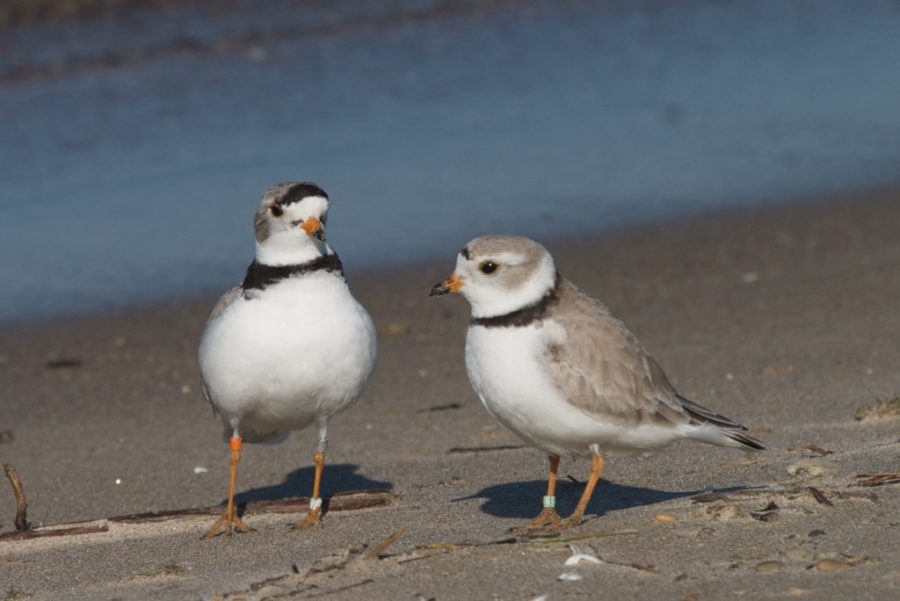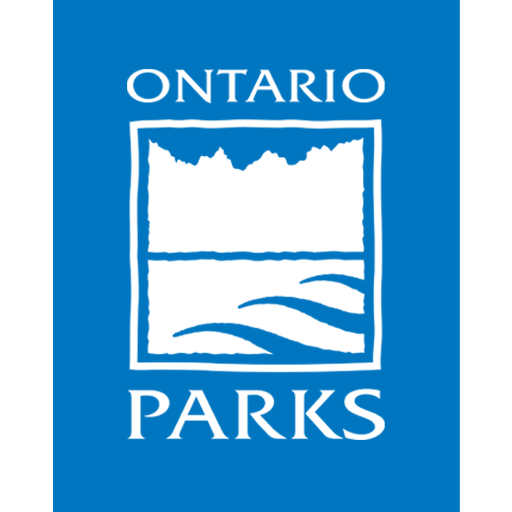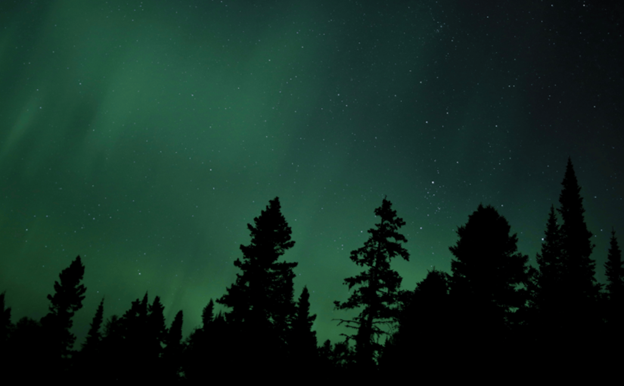**NOTE: this post was last updated on June 18, 2019, and will not be updated again in 2019. Please refer to our alerts page for further flooding updates.
Due to this spring’s high water levels, many provincial parks are experiencing flooding, which may delay their opening, or close their trails and campgrounds. We’re maintaining an up-to-date list of parks affected by flooding in this post.
Our staff are working hard to help our parks dry out and re-open for visitors. Take a look at what we’re contending with this spring:
Closures due to high water levels (updated June 18, 2019):
Sandbanks is open, however recent heavy spring rain and high Lake Ontario water levels have result in localized flooding and some closures.
Outlet Beach is less than half of normal, but is open. Lakeshore and Dunes Beaches are largely underwater and are closed. All dog beach areas are underwater and closed.

Dunes and Cedar Sands Trail are closed indefinitely due to flooding.
The park’s waterfront areas are significantly reduced due to high water levels, and visitors should be careful walking the beach/shoreline during high waves as large debris gets washed onto shore.

Several campsites in Cedars and Outlet Campgrounds are also closed.
Affected reservations will be contacted by the Ontario Parks reservation service and offered to change their reservation without penalty where sites are available or cancel and receive a full refund.
Park staff are continuing to monitor conditions closely to reopen the remaining areas of the park as soon as it is safe to do so.
Long Point Provincial Park is open, with day-use and camping in Cottonwood Campground available.

Firefly, Monarch and Turtle Dunes Campgrounds will remain closed due to flooding concerns, with an anticipated reopening on July 15, 2019
Affected reservations will be contacted by the Ontario Parks reservation service and offered to change their reservation without penalty where sites are available or cancel and receive a full refund.
Park staff are continuing to monitor conditions closely to reopen the remaining areas of the park as soon as it is safe to do so.
Presqu’ile is open, but is experiencing record-high water levels. Be aware that much of the beach is underwater.
Many campsites in Trail’s End, Lakeside and Elmvale Campgrounds are closed due to flooding.

Affected reservations will be contacted by the Ontario Parks reservation service and offered to change their reservation without penalty where sites are available or cancel and receive a full refund.

Visitors should exercise caution near the lake due to unstable shorelines, particularly along the bluffs in the picnic areas.
French River is open.

Due to unseasonably high-water levels and flood warnings, the following sections of French River have been deemed unsafe for navigation and are closed to all park users:
- the main French River Channel directly up-stream and downstream of the Chaudière Dam including campsites 300-303
- upstream of Commanda Island to downstream of the Little Parisien Rapids, including campsites 325-327 and 400-413
- the main French River Channel from the French River Supply Post to the waters of Ox Bay, including campsites 521-525
- the main French River Channel, west of The Elbow to downstream of the Dalles Rapids, including campsites 624-627 and 710-712
- The French River Western Outlet downstream of campsite 709 to upstream of campsite 805 including campsites 729-731 and 800-805
- The Wanapitei River, west of Hartley Bay to the Sturgeon Chutes, including campsites 603-605
Lady Evelyn-Smoothwater Provincial Park
The former Liskeard Lumber Road in Gamble Township at the Elissa Creek crossing is temporarily closed to vehicular travel.

This washout prevents vehicles from safely accessing the Gamble Lake and Chance Lake access zones on the North Lady Evelyn River. This section of road will remain closed until further notice.
Alternative access to the North Lady Evelyn River is available at the Weedend Lake portage immediately west of the Trethewey Trail access zone.
Why did so many parks flood this year?
Shorelines are dynamic spaces, and erosion is a natural and ongoing process. Over the years, water levels go through cyclical highs and lows (and, boy, was this year ever a “high”!).
One reason we saw such high water levels this year is that we had a late snow melt and lots of spring rain. The run-off caused lake and river water levels to rise quickly.
Along shorelines, waves are hitting an already-saturated ground. This causes the soil to destabilize, unable to contain the volume of water.

It’s important to remember that our shorelines have been eroding for thousands of years. Where the lake steals in one place, it gives to another. That’s how parks like Presqu’ile, Long Point, Rondeau and Slate Islands were created in the first place. It’s all part of the erosion process.
The park I want to visit *looks* mostly dry. Why can’t I visit?
Because two of our biggest concerns are:
- Keeping our visitors safe
- Protecting Ontario’s ecosystems
All that water had to go somewhere, and that “somewhere” is usually into the ground. Just because you can’t see flooding above the ground doesn’t mean there’s not still flooding underneath the ground.
Destabilized soil can cause collapses (imagine your brand new RV falling into the lake!). We don’t want people or equipment put at risk due to high water levels.
Give the soil its space!
We also want to give our parks time to bounce back. They’ve just absorbed a HUGE amount of water.
In order to accommodate plant roots and subterranean species, soil needs to have tiny interstitial spaces between its grains.
Human activities, like walking and driving, compact the soil. Once the ground’s compacted, regrowth is much more difficult.
The ground needs time to dry out so it can support our weight again.
Are these floods a disaster for plants and wildlife living in parks?
Generally, no. Remember: occasional high water levels and shoreline erosion are part of a natural process.
For humans, flooding is a natural disaster.
In the natural world, flooding is a natural disturbance. Yes, some species will be negatively impacted, but this kind of disturbance helps others, including marram grass, water fowl and frogs, to thrive.

Those detritus-covered beaches look messy from a human perspective, but all the newly deposited trees and shrubs will now be buried in the sand, providing extra nutrients. Detritus also provides cover and habitat for beach species like American toads.
That said, the flooding can be tough on species like our Piping Plovers. This species-at-risk needs dry beach to lay its eggs, and, during flood years, those beaches may be underwater during nesting season.

Because this species is so endangered, the loss of even one bird can take a toll on the global population. That’s why our ongoing protection work is so important.
What are park staff doing? Can I help?
Staff still working in affected parks are protecting infrastructure like park offices and comfort stations, monitoring trees (inundated ground can destabilize tree roots), ensuring water and electrical systems aren’t impacted, and keeping visitors away from the extremely fragile natural spaces.

Some parks may have volunteer events, but the best thing you can do for our parks is give them time to recover.
What can we learn from this year’s flooding?
If it reinforces one thing for us, it’s the importance of maintaining healthy, sustainable ecosystems. When an ecosystem has ecological integrity, there’s a certain elasticity that allows species (including humans) to bounce back easily.
We need to keep working together to protect provincial parks all year round.


